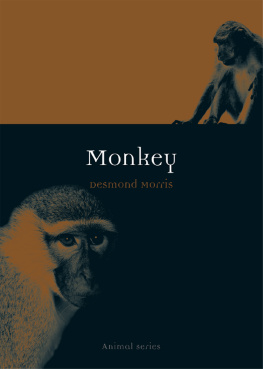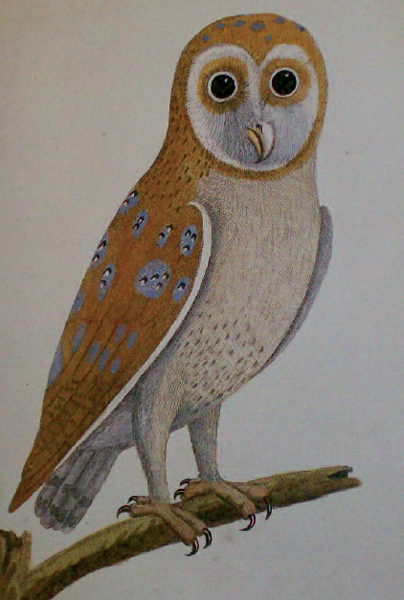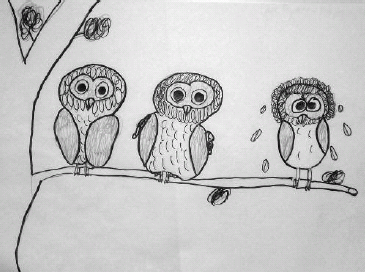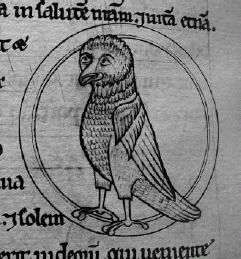Desmond Morris - Owl
Here you can read online Desmond Morris - Owl full text of the book (entire story) in english for free. Download pdf and epub, get meaning, cover and reviews about this ebook. year: 2009, publisher: Reaktion Books, genre: Religion. Description of the work, (preface) as well as reviews are available. Best literature library LitArk.com created for fans of good reading and offers a wide selection of genres:
Romance novel
Science fiction
Adventure
Detective
Science
History
Home and family
Prose
Art
Politics
Computer
Non-fiction
Religion
Business
Children
Humor
Choose a favorite category and find really read worthwhile books. Enjoy immersion in the world of imagination, feel the emotions of the characters or learn something new for yourself, make an fascinating discovery.
- Book:Owl
- Author:
- Publisher:Reaktion Books
- Genre:
- Year:2009
- Rating:3 / 5
- Favourites:Add to favourites
- Your mark:
Owl: summary, description and annotation
We offer to read an annotation, description, summary or preface (depends on what the author of the book "Owl" wrote himself). If you haven't found the necessary information about the book — write in the comments, we will try to find it.
The owls are not what they seem. From ancient Babylon to Edward Lears The Owl and the Pussycat and the grandiloquent, absent-minded Wol from Winnie the Pooh to David Lynchs Twin Peaks, owls have woven themselves into the fabric of human culture from earliest times. Beautiful, silent, pitiless predators of the night, possessing contradictory qualities of good and evil, they are enigmatic creatures that dwell throughout the world yet barely make their presence known. In his fascinating new book, bestselling author and broadcaster Desmond Morris explores the natural and cultural history of one of natures most popular creatures.
Morris describes the evolution, the many species, and the wide spread of owls around the world excluding Antarctica, owls are found on every land mass, and they range in size from 28 centimetres (the Least Pygmy Owl) to more than 70 centimetres tall (the Eurasian Eagle Owl). As a result of their wide distribution, owls also occur in the folk-tales, myths and legends of many native peoples, and Morris explores all these, as well as the many examples of owls in art, film, literature and popular culture.
A new title by an acclaimed author, and featuring many telling illustrations from nature and culture, Owl will appeal to the many devotees of this emblematic bird. Despite the fact that many have never seen or even heard an owl, he illustrates through this enticing read that the owls presence is still very real to us today.
Desmond Morris: author's other books
Who wrote Owl? Find out the surname, the name of the author of the book and a list of all author's works by series.






















